Hello Prakash,
the difference between "useTravelDistance=true" and "useTraveldistance=false" is whether you prefer
- The travel time
- The travel distance
Sometimes the underlying geometries arre completely different. Here's a typical example for a single relation:
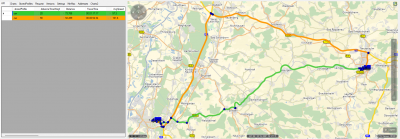
- shortest track (green) is not necessarily the fastest one. While the green track ist 73km andn therefore much shorter than the orange one (93km) the traveltimes are flipped: the green track requires much longer (+20minutes).
Now here's a more concrete example for clustering based on 300 sample customers:
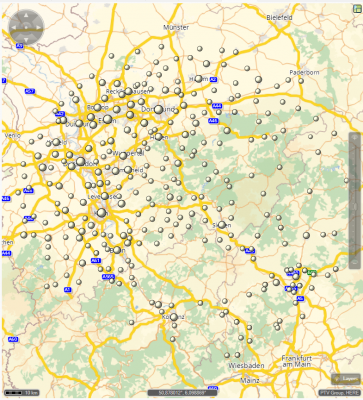
- The sample positions (Germany)
In the next step I computed two distance matrices with 0% and 80 weight between distance and time:

- The 0% dima (default profile)

- The 80% version of the dima
And finally I did the clustering based on these dima's which obviously produced different assignments:
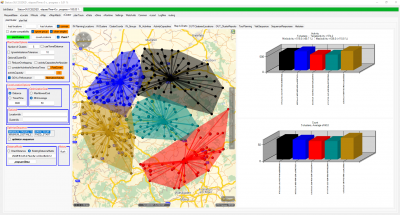
- The cluster output based on the 0% dima
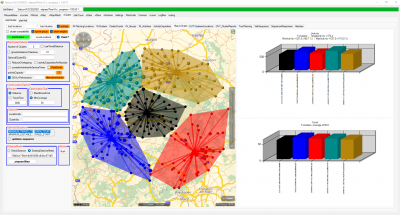
- The cluster output based on the 80% dima
Unfortunately there's no such thing as a "single KPI" that enables a user to gather the obvious distance as in my "single relation" sample above.
But nevertheless I hope you can see that there's an impact on the output.
Here's also an academic example:
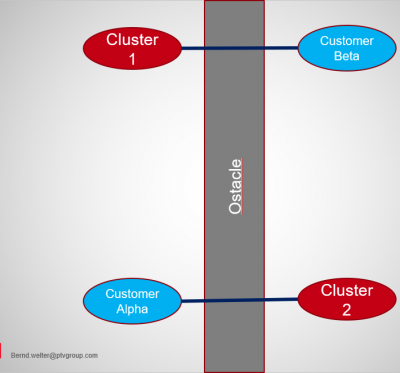
- Path over the mountain is short. If we don't care for the reduced driving speed (and the increased traveltime) the best assignment is shown here.
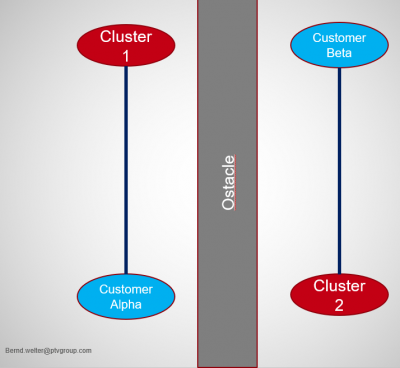
- But if we care about the traveltime (and distance doesn't matter) and the driving speed is fast within one of the two regions "east" and "west" the best assignment is the one displayed in this map.
In addition to that I really recommend to split the topics "what is the target criteria? Travel distance or travel time?" from "how do we determine the distance/time? Airline? Dima with shortest or fastest routes?"
Bernd